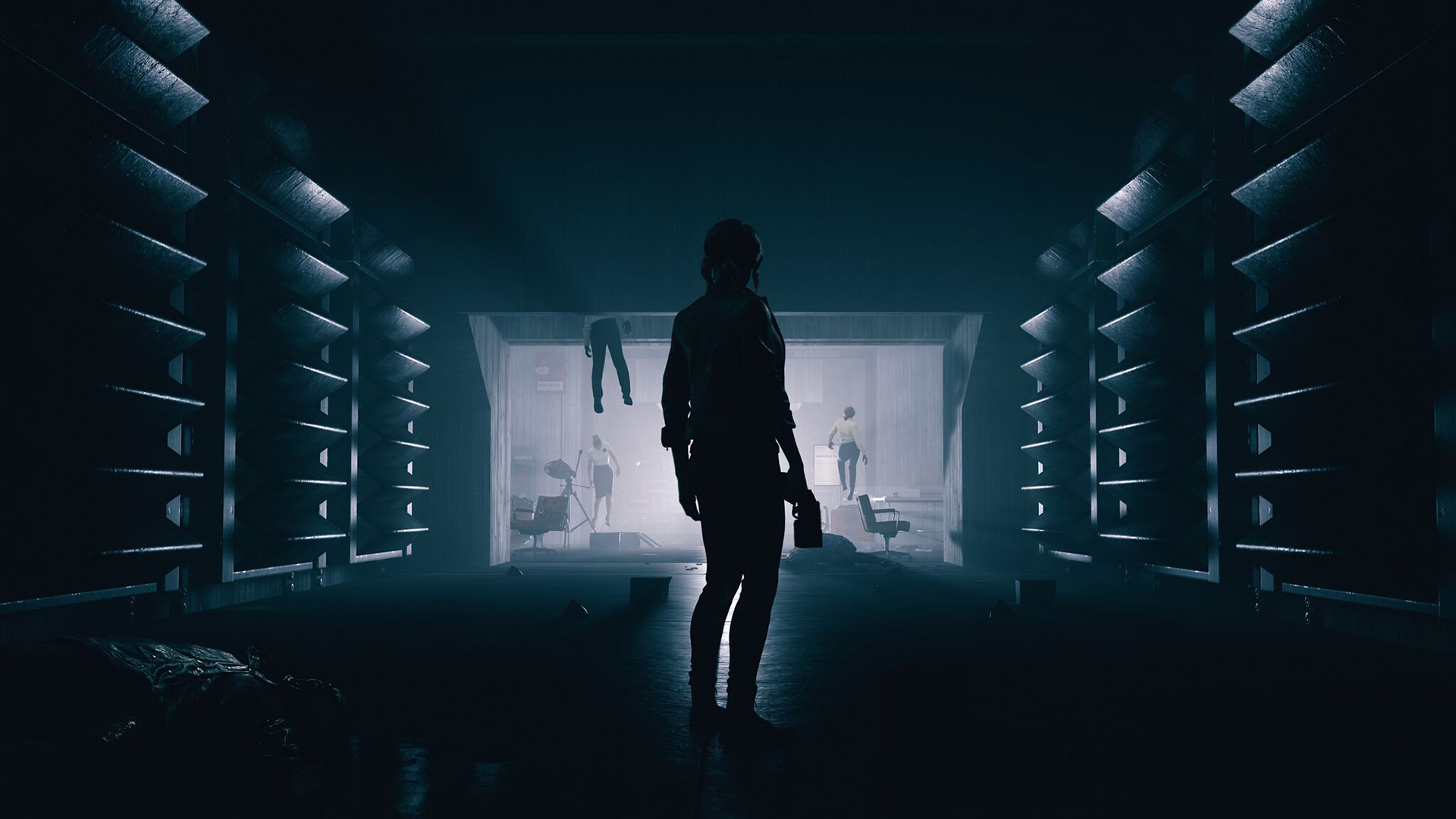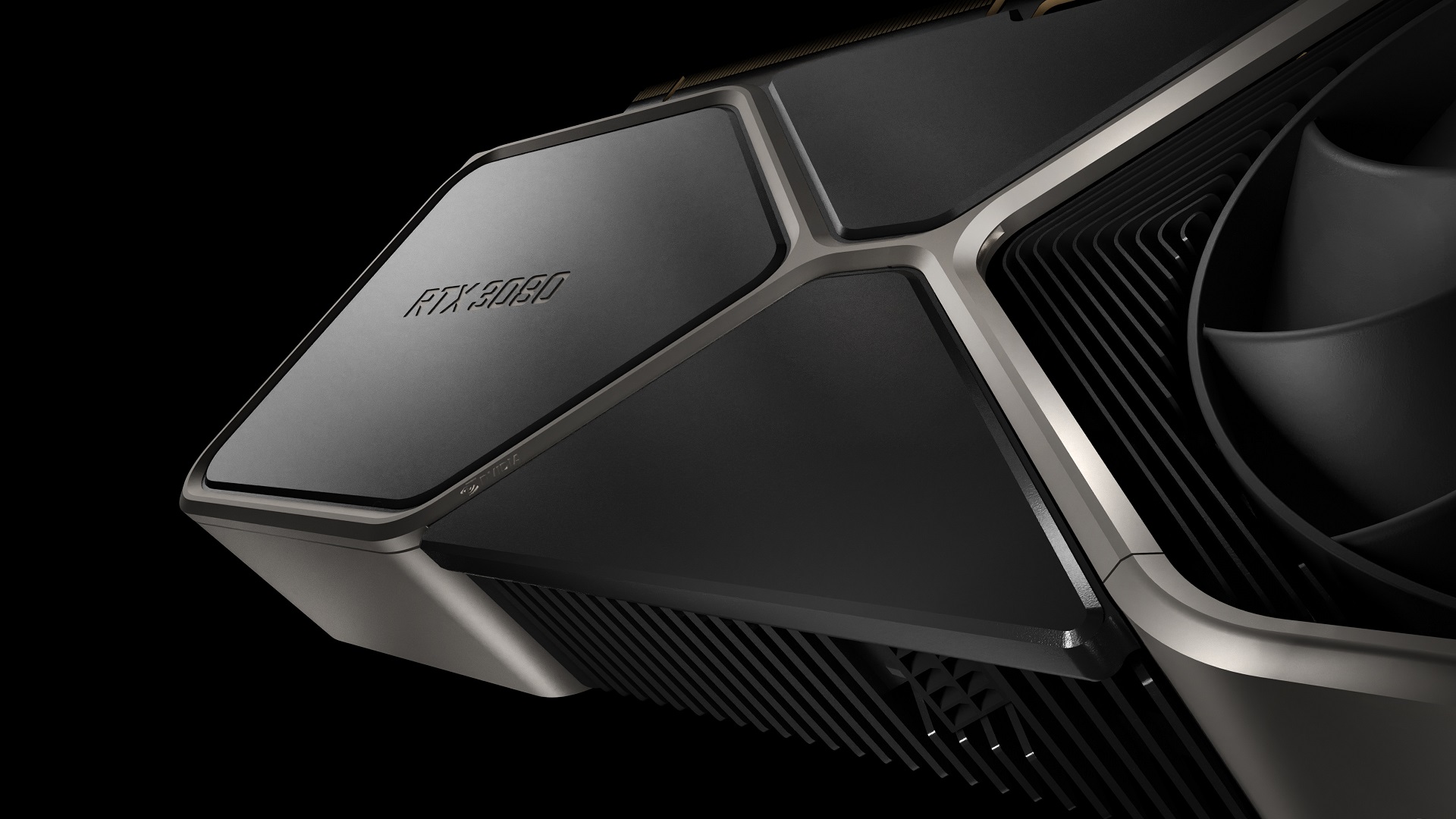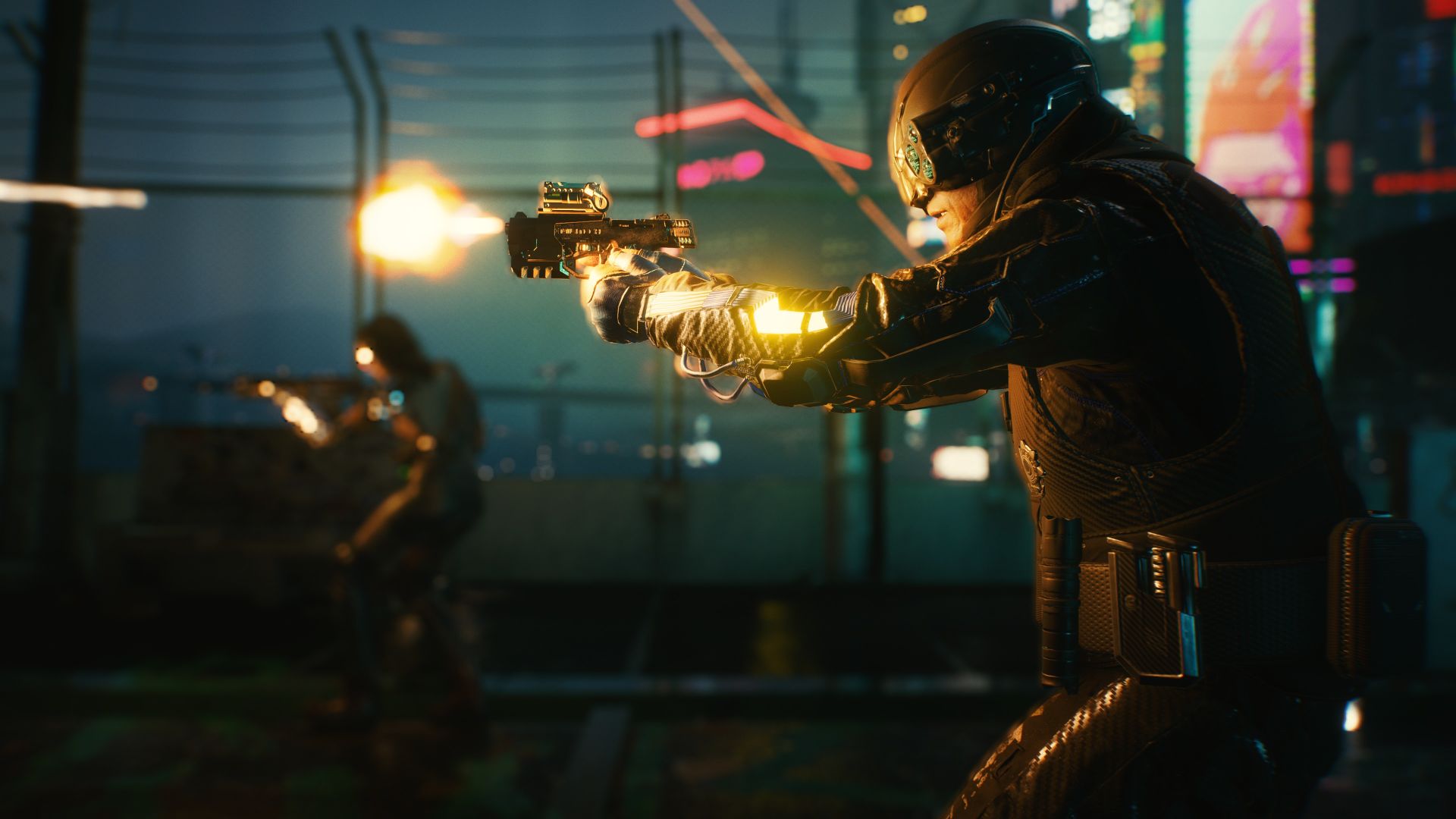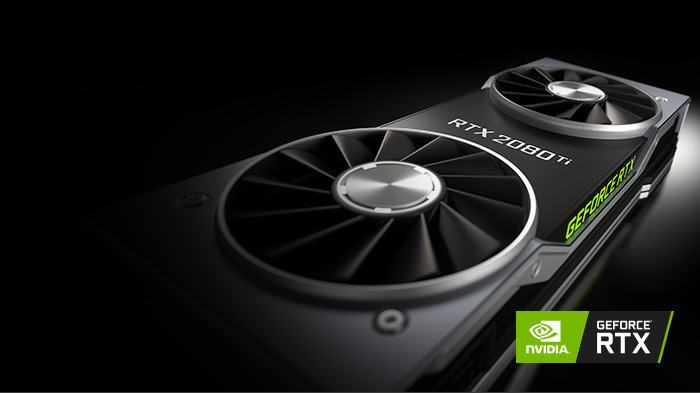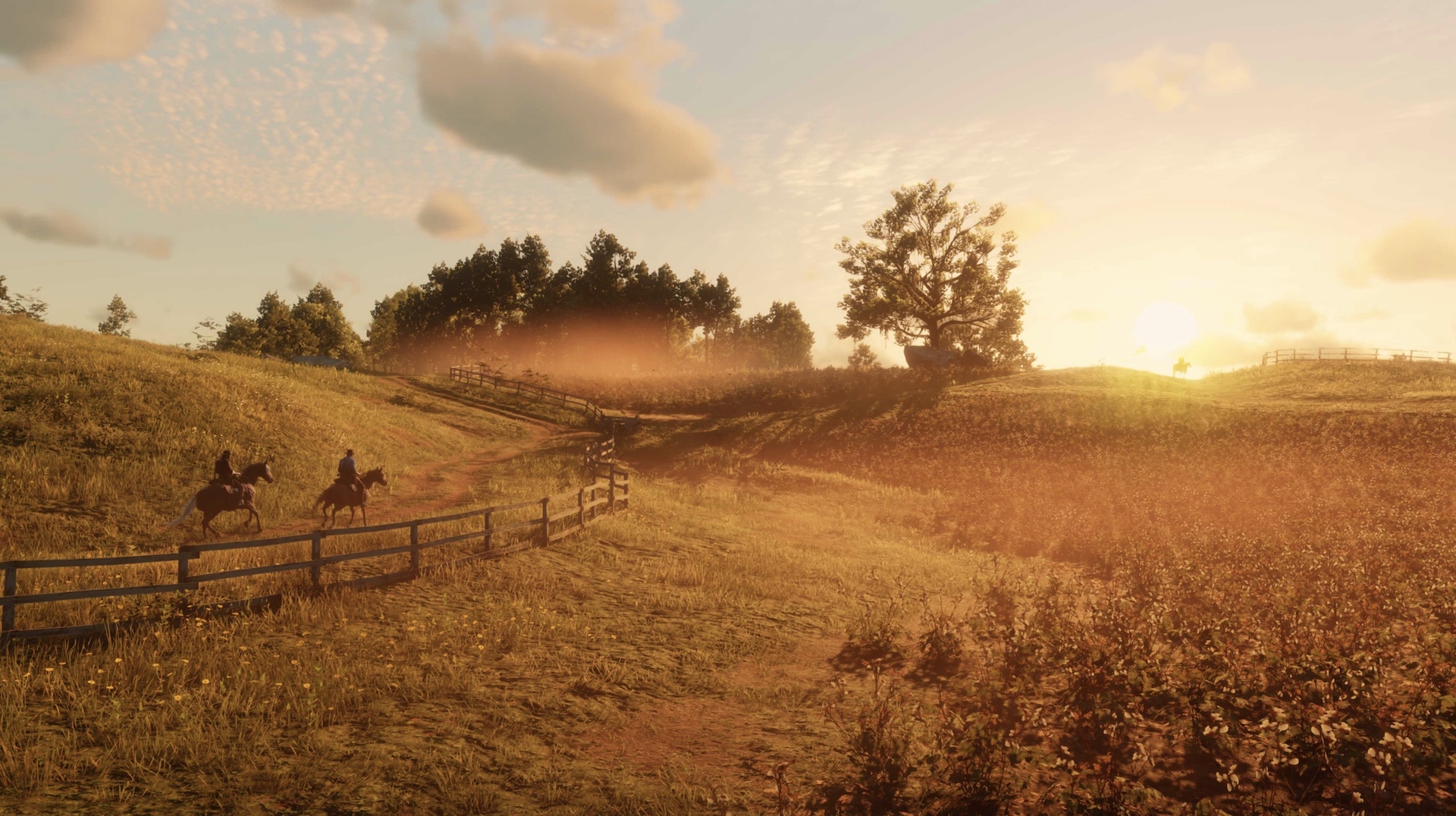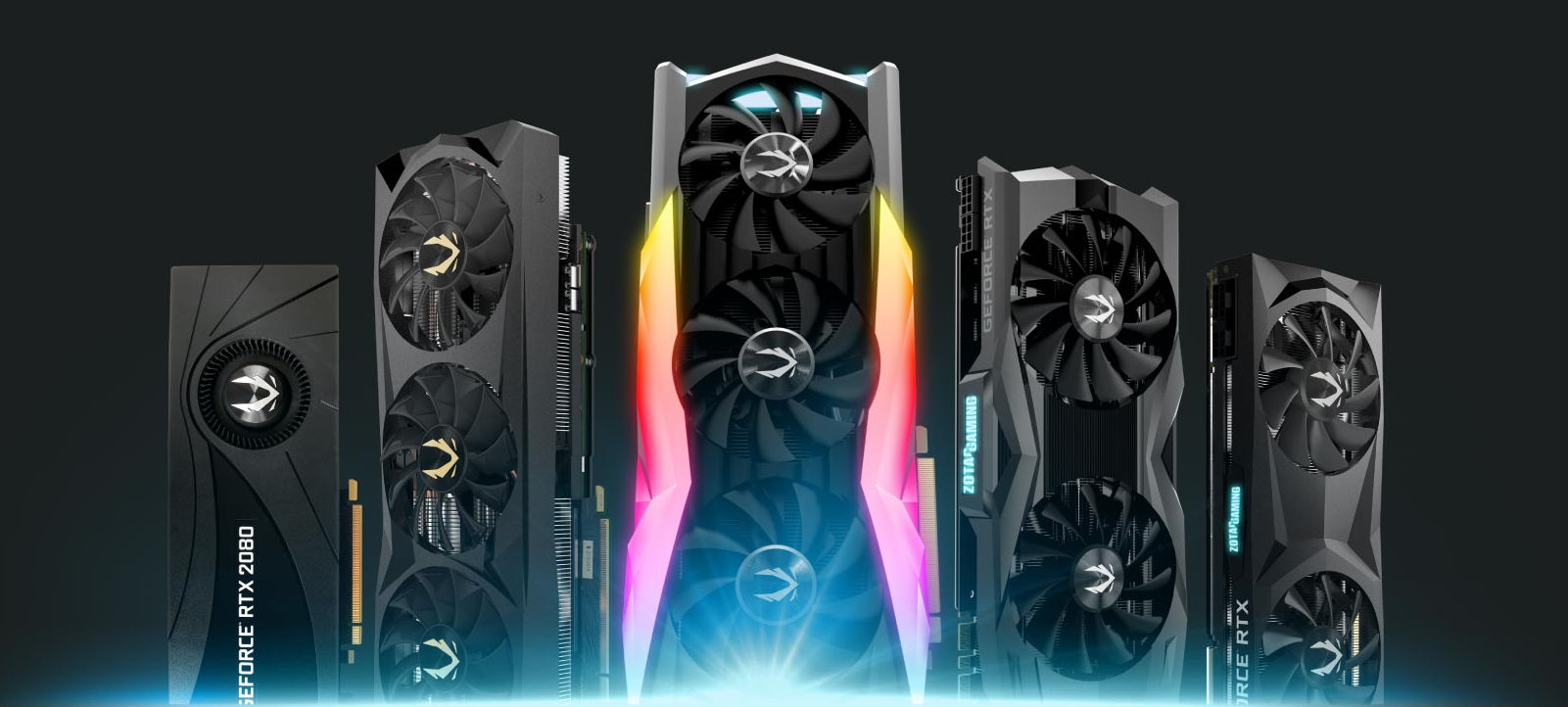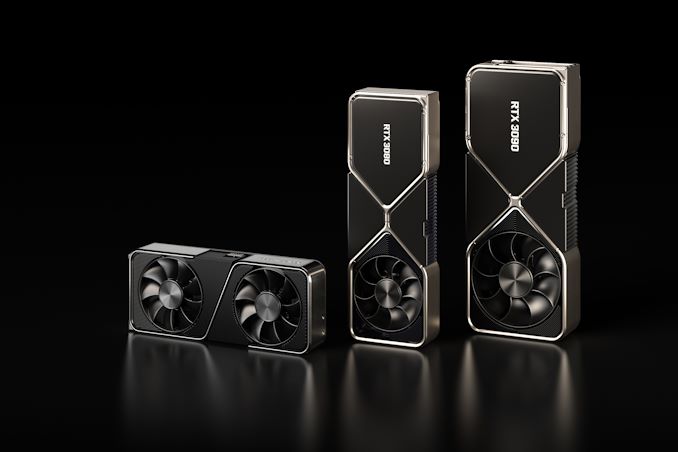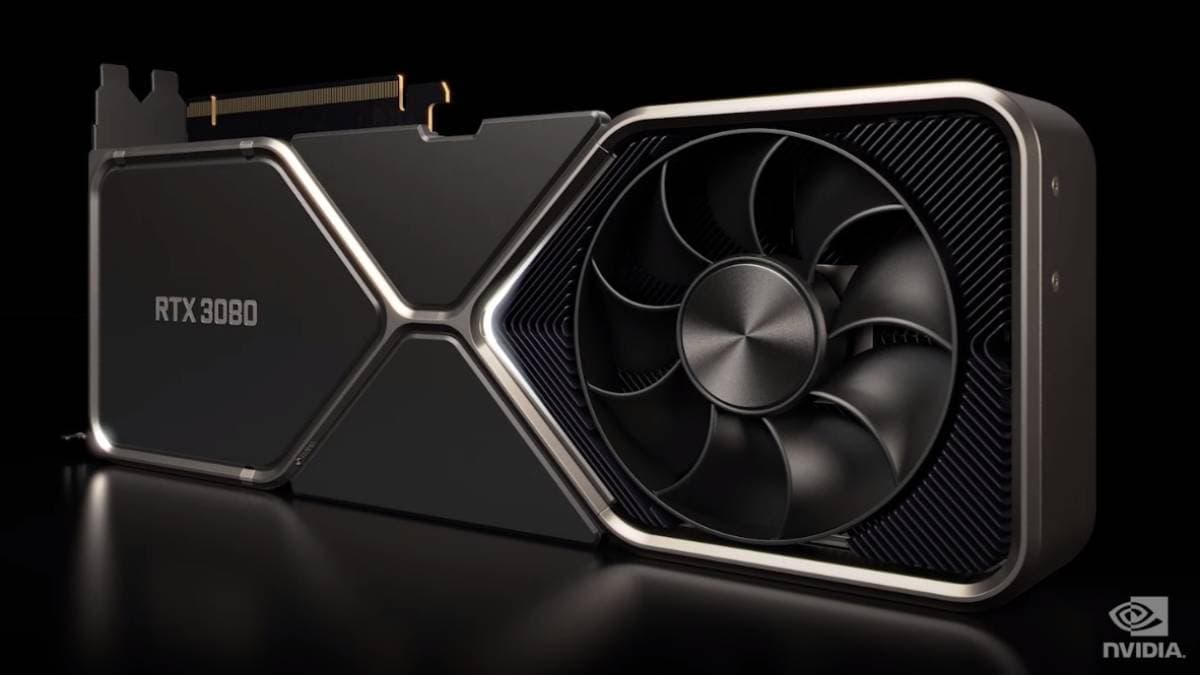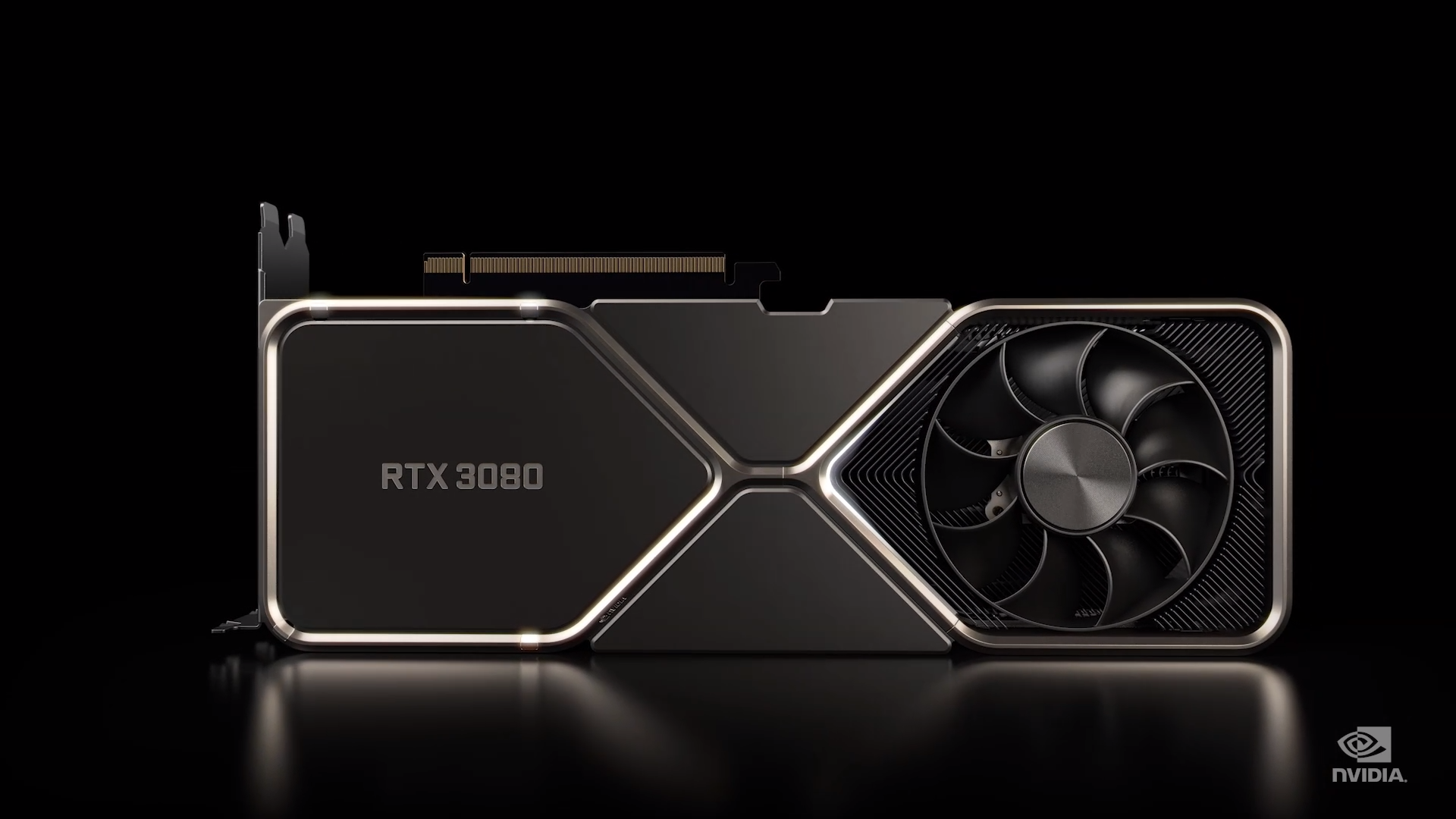
The PS5 and Xbox Series X launch roughly two months from now, but ahead of that, Nvidia have raised the bar for technical expectations considerably with their recent round of phenomenal GeForce RTX Ampere announcements. The newly announced GeForce RTX 3070, 3080, and 3090 are all considerably faster than the already-impressive GeForce RTX 2080Ti, and each of them has opened the door to 4K60 gaming in existing games and those that are still to come.
All three of the new cards are also more powerful than Sony and Microsoft’s upcoming consoles, which means that for quite a few people looking to make a jump to next-gen, Nvidia’s new announcements have fundamentally changed the equation. But what exactly is the new GeForce 30 Series capable of, and which of the three cards is the right choice for you? That’s what we’re going to talk about in this feature, as we discuss the 15 most crucial things you should know about Nvidia’s new Ampere lineup.
They are all very, very fast
At present, the only graphics card on the market that’s capable of reliably running most games at 4K/60 FPS is the GeForce RTX 2080 Ti, a US$1200 monster of a card. With Nvidia’s Ampere announcement the lay of the land has fundamentally changed. Nvidia promises that the GeForce RTX 3070 is faster than the GeForce RTX 2080 Ti. This means that you can expect 2080 Ti levels of performance from a US$499 card.
The other two cards, the GeForce RTX 3080 and GeForce RTX 3090 create an entirely new performance tier, offering between 35 to 50 percent better performance than the GeForce RTX 2080 Ti. Whichever card you pick, you’ll be getting a tremendous amount of performance.
The GeForce RTX 3090 isn’t exactly an 8K gaming card
We’ll chalk this up to overenthusiastic market folks over at Nvidia, but the GeForce RTX 3090 is not the 8K/60 FPS card it’s advertised to be. Why is this? You’d need something at least twice as fast as the GeForce RTX 3080 (not just 15-20 percent faster) to reliably achieve 8K/60 FPS in most AAA titles. 8K isn’t twice the pixels as 4K. It’s four times. And sadly, we’re not there yet, unless all you plan on doing is running Fortnite (without RTX) or Valorant. On the other hand, all three Ampere cards are incredible 4K performers and, to be honest, 4K looks phenomenal so that’s not even remotely a deal breaker.
The GeForce RTX 3090 and GeForce RTX 3080 are built on one GPU, while the GeForce RTX 3070 is built on another
Both the GeForce RTX 3090 and GeForce RTX 3080 are built on the gigantic GA102 GPU. The GeForce RTX 3090 features GA102’s full complement of 10496 CUDA cores, while the GeForce RTX 3080 is slightly cut down with 8704 cores. This is approximately a 20 percent drop in shader performance. Memory bandwidth also sees a 20 percent drop, with the RTX 3080 running 19 Gbps memory across a 320-bit bus.
The GeForce RTX 3070 is built on a different, smaller GPU, the GA104. GA104’s capabilities are substantially toned down. The fully enabled version features 5888 shader cores, a substantial drop from the GeForce RTX 3080, and 512 GB/s of bandwidth due to its 256-bit memory bus. For all the advertising, what this basically means is that the GeForce RTX 3090 and GeForce RTX 3080 are (more or less) in one performance tier — we expect the RTX 3080 to substantially close the gap with overclocking. On the other hand, the GeForce RTX 3070 is in a lower performance tier, alongside the 2080 Ti.
All three Ampere cards feature double the CUDA cores, but that doesn’t necessarily mean double the performance
With Ampere, Nvidia managed to pack in two times the FP32 shader cores as with Turing. However, Ti did this by making each shader core multi-purpose, meaning that there are no specific INT cores. What does this mean? It means that technically, yes, the number of shader cores has increased by a factor of 2. However, because INT workloads still exist, and because other aspects of the GPU, like memory bandwidth haven’t doubled, Ampere GPUs don’t deliver twice the performance in terms of shader core count.
In other words, the Ampere GeForce GTX 3080 isn’t twice as fast as the GeForce RTX 2080 Ti, despite having twice the CUDA cores. It is, however, at least 30 percent faster, going by Nvidia’s benchmarks. Accordingly, the GeForce RTX 3090 is expected to be only 50 percent faster, despite feature over 10000 shader cores. This isn’t a bad thing because Nvidia’s managed to nearly double performance by performance tier. The GeForce RTX 3080 is indeed nearly twice as fast as the GeForce RTX 2080, though it achieves this by having more than double the GeForce RTX 2080’s 2944 shader count.
Ray-tracing will be faster on all Ampere cards
Nvidia utilizes second-generation RT cores in all three Ampere GPUs. What does this mean in terms of performance? The first-gen RT cores in Turing accelerated ray-tracing substantially over shader-based ray-tracing in Pascal. However, there was still a massive performance penalty involved in Turing RTX on. Nvidia claims a nearly 2x improvement to ray-tracing capabilities with Ampere. We expect this to mean that the performance hit of RTX effects will likely be lower than before. With Turing, ray-tracing could cut performance by as much as 50 percent in some situations, making games simply unplayable at higher resolution. With Ampere, a 20-25 percent performance hit could mean that a number of high-profile ray-tracing games could run well at 4K, at least on the GeForce RTX 3080 and GeForce RTX 3090.
All three Ampere cards support HDMI 2.1
If you recently bought an HDMI 2.1 compatible TV (we recently covered a list of our favourite picks), you’ll be able to make excellent use of it with an Ampere graphics card. All three Ampere cards support HDMI 2.1. This means that they’ll work on displays capable of outputting a 4K/120 Hz or 8K/60 Hz. While 8K displays aren’t exactly mainstream (and while none of these Ampere cards is genuinely fast enough for 8K), this is a good to have feature.
Third-generation tensor cores could make DLSS 2.0 work even faster
Nvidia’s solution to Turing’s ray-tracing woes was DLSS, an AI-based image upscaling method. DLSS 1.0 had questionable quality benefits. In early titles, it actually performed worse than normal resolution upscaling, while also delivering worse image quality, a lose-lose situation. DLSS 2.0, however, was a dramatic turnaround. In games like Death Stranding, enabling DLSS boosted performance, while actually improving image quality over native rendering. DLSS still has a performance hit (or rather, there’s a limit to its performance boost). With improved tensor core capabilities, Ampere cards are expected to deliver excellent DLSS 2.0 image quality in upcoming games like Cyberpunk 2077, while offering an even greater performance boost.
Turing card prices are expected to come down significantly
If you’re in the market for a secondhand card, this might actually be an interesting time to get your hands on a lower-end Turing card, especially if you’re not gaming at 4K. GeForce RTX 2080 Ti prices have crashed precipitously on the secondhand market. However, we still think this part makes a poor choice, considering the GeForce RTX 3070’s US$499 price point. On the other hand, we expect that you’ll be able to snag Turing cards like the GeForce RTX 2070 Super in the US$200-US$300 range. If you’re gaming at 1080p or 1440p, this represents immense value.
You’ll be able to run just about every AAA game at 4K/60 FPS with the GeForce RTX 3080 (yes, even Red Dead Redemption 2)
The GeForce RTX 2080 Ti was the first card this generation to comfortably deliver a 4K/60 FPS experience in most titles. (The GeForce GTX 1080 Ti did so as well, but games have gotten substantially more demanding since 2016). However, there are still a number of games that confound even the GeForce RTX 2080 Ti at 4K. This is where that 30-35 percent performance boost from Ampere comes into the picture. Any game that runs in that 50-60 FPS nether-land on the GeForce RTX 2080 Ti, such as Red Read Redemption 2, should comfortably hit 60 FPS on the new Ampere card. This means that you really will be able to crank those settings up and forget about tweaking them, at least until the next wave of ninth-gen titles arrives.
RTX I/O can massively boost your load times and throughput — if you have a speedy SSD on hand
Both Microsoft and Sony have spent a lot of time talking about their high-speed bespoke SSD-based storage solutions for their ninth-gen consoles. The PS5, in particular, is supposed to deliver effectively bandwidth of nearly 9GB/s. This is double the nominal throughout of the SSD Sony’s using and it’s thanks to a bespoke decompression solution.
With RTX I/O, Nvidia aims to offer the same kind of experience to PC users. RTX I/O enables Ampere cards do decompression by themselves, taking the CPU out of the equation and potentially speeding up load time and LOD transitions by a factor of two. With next-gen titles expected to lean heavily on the PlayStation 5 and Xbox Series X’s storage capabilities, this should help Ampere gamers significantly.
Aftermarket cards are on the way and there are differences with the Founder’s Edition
Nvidia’s Ampere Founder’s Edition cards are things of beauty. However, at the end of the day, they are a reference design and it is always possible to get better performance from AIB cards. The suggested price points for Ampere are for Nvidia’s Reference design. However, board partners like ZOTAC and ASUS are working on custom AIB cards like the ZOTAC Amp Extreme GeForce RTX 3080 that promise faster performance and superior cooling. If you’re willing to pony up a US$50 to US$100 price premium, those AIB cards should net you better performance.
Be prepared for price hikes and limited availability
Thanks to Ampere’s unprecedented gen-on-gen performance gains, we expect reference cards plus all but the most premium AIB designs to sell out very quickly. This means that availability of all three Ampere cards is likely to be very limited after the first couple days on sale. This could push prices up substantially. Infamously, the GeForce RTX 2080 Ti had a suggested price of US$999. However, a combination of low availability and price inertia meant that it sold for US$1200 for most of its lifetime. Be prepared for the prospect that Ampere cards might sell for substantially more than their recommended pricing.
You might want to upgrade your power supply
Ampere cards are ferociously power-hungry. The GeForce RTX 3090 features an unprecedented 350W TBP, while the GeForce RTX 3080 sucks up 320W of power. To put this into perspective, that’s just 25W less than the dual-GPU Nvidia Titan Z. This means that your current PSU might not be able to handle the two higher-end Ampere cards.
If you’re buying the GeForce RTX 3070, the 220W TDP should play nice with 550W and better PSUs. However, with the two higher-end cards, we suggest getting yourself a 700W or better PSU. Yes, that’s an additional investment and you’ll want to factor that in for your total cost.
Ampere features a new power connector design, but an adapter’s included
Early reports about the new 12-pin Ampere power connector had However, Nvidia is providing an adapter along with Ampere cards, to convert your dual eight-pin outputs into its 12-pin. We expect PSU vendors to release new PSUs with 12-pin adapters in the months to come. However, as long as you have a 700W or faster modular PSU, you won’t have to worry too much about compatibility. As mentioned above, though, you should still consider a PSU upgrade to make sure you can actually run these cards.
The GeForce RTX 3080 is faster than you think
Nvidia typically differentiates card tiers with a substantial difference in performance. The GeForce RTX 2080 Ti, for instance is 30-40 percent faster than the GeForce RTX 2080. No amount of overclocking is going to overcome that difference.
However, and much like what we saw with the GeForce GTX 970 and GeForce GTX 980, the performance gap between the GeForce RTX 3080 and GeForce RTX 3090 is narrower than usual. There is a 20 percent deficit in terms of both shader core count and bandwidth and yes, at stock, that should translate into a 10+ FPS differential. However, from what we know about Turing and Ampere clockspeeds, both of these parts are good for 2 GHz plus on the core clock. This means that 10 percent gains are viable with the GeForce RTX 3080, narrowing that gap substantially. At stock, yes, there is a performance difference but it’s most certainly not worth the 2x increase in price.










